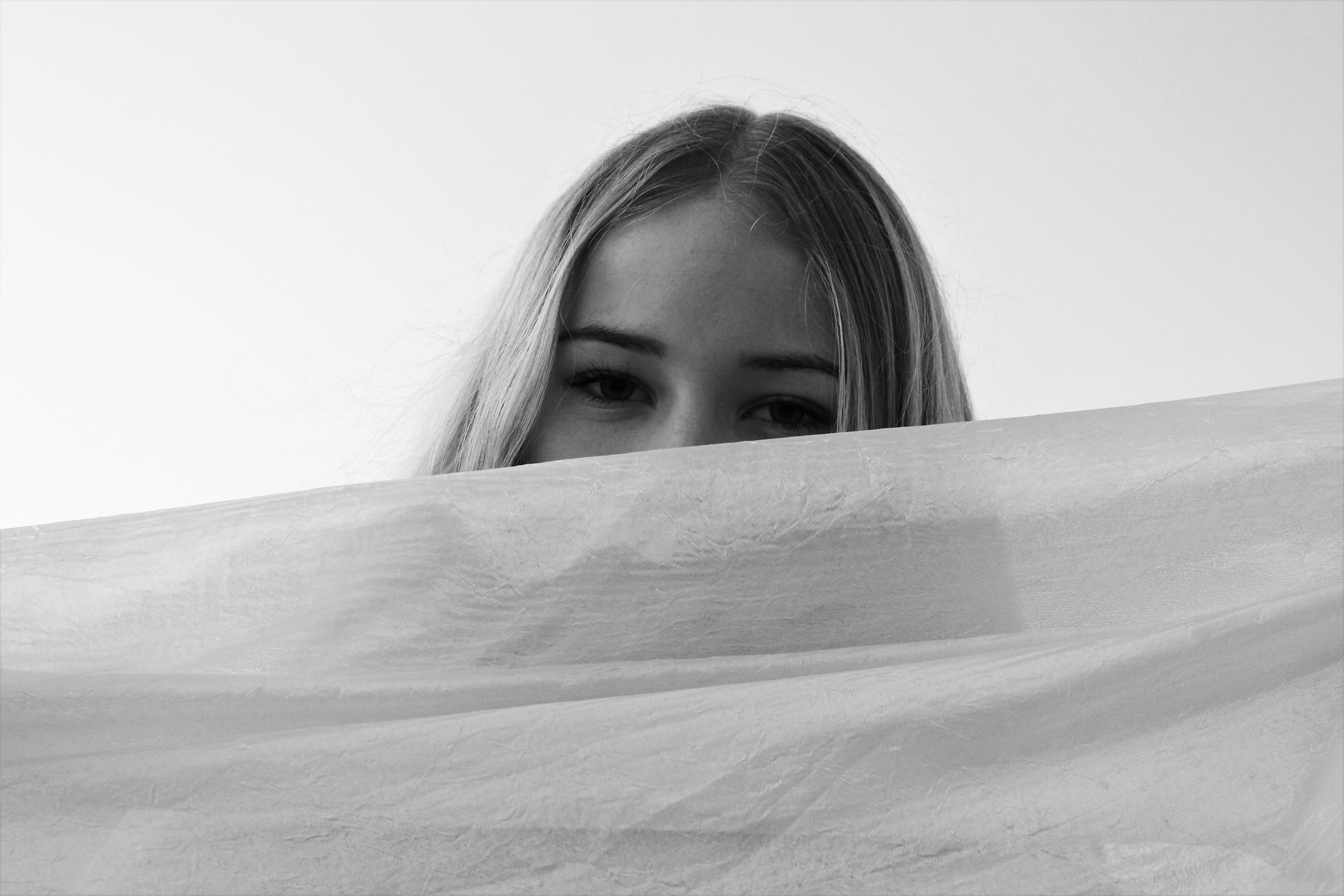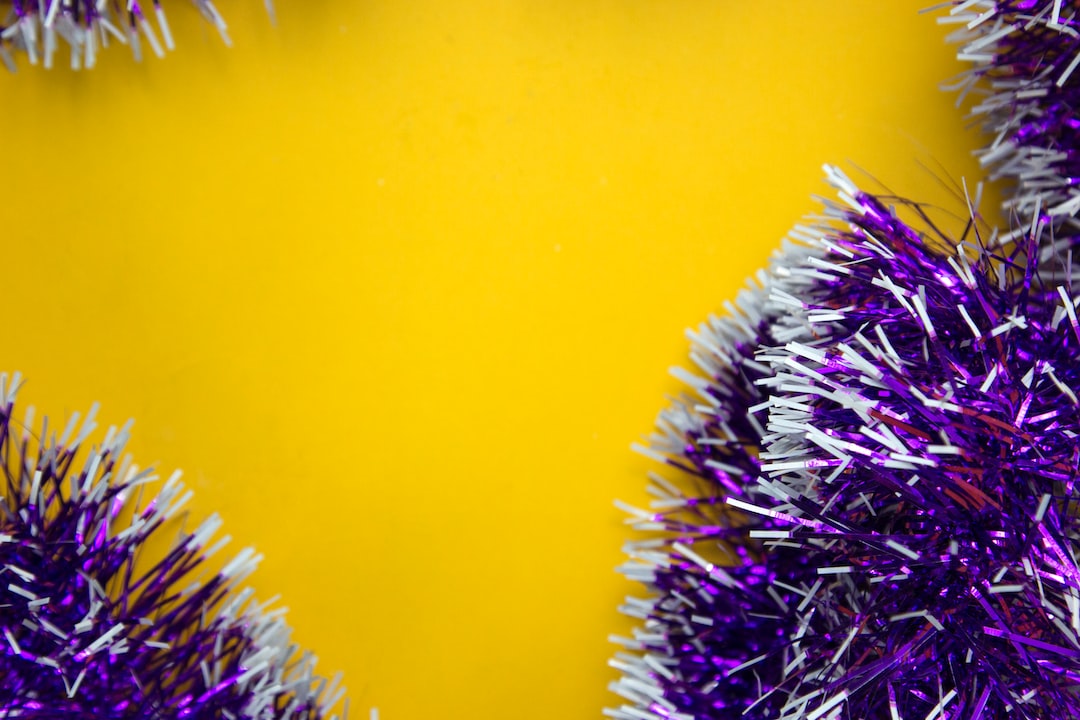
Shading is an important technique used in various forms of art, including drawing, painting, and digital art. It helps to create depth, dimension, and realism in an artwork. However, achieving realistic shading can be challenging for many artists. In this article, we will explore some tips and techniques to make shading look realistic.
1. Understand the Light Source
To create realistic shading, it’s essential to understand the direction and intensity of the light source in your artwork. Analyze how the light falls on different objects and surfaces. Identify the areas that receive the most light and the areas that are in shadow. This understanding will help you determine the appropriate shading techniques for each area.
1.1. Use Different Shades
Use a range of different shades to depict various levels of light and shadow. Avoid using only black or white for shading, as it can make the artwork look flat. Instead, experiment with different shades of grey or mix colors to create the desired effect. Gradually blend these shades together to create a smooth transition between light and shadow areas.
2. Consider the Surface Texture
The surface texture of an object affects how shading is perceived. Smooth surfaces tend to have more subtle and gradual shading, while rough surfaces may have more pronounced and irregular shading. Consider the texture of the objects in your artwork and adjust your shading techniques accordingly.
2.1. Use Hatching and Cross-Hatching
Hatching and cross-hatching are techniques where you create shading by drawing parallel lines or intersecting lines, respectively. These techniques work well for depicting texture and can add depth and realism to your artwork. Vary the spacing and angle of the lines to create different shading effects.
3. Pay Attention to Highlights
Highlights are areas of an object that reflect the most light. They are usually the brightest parts of an artwork. When shading, leave these areas untouched or use lighter shades to depict them. Highlights can greatly contribute to the overall realism of your artwork.
3.1. Use a White Pencil or Eraser
To create more pronounced highlights, you can use a white pencil or an eraser to lift off some of the shading layers. This technique helps to create a reflective or glossy effect on certain objects or surfaces.
4. Practice Observation
Observation is key to mastering realistic shading. Study real-life objects, photographs, or references to understand how light interacts with different surfaces. Look for subtle variations in shading and practice replicating them in your artwork. The more you practice observation, the better you will become at creating realistic shading.
4.1. Use Reference Images
Reference images can be a valuable tool when learning to create realistic shading. Find high-quality images that showcase the lighting conditions and surfaces you want to depict. Analyze them to understand how shadows and highlights are represented and apply those principles to your own artwork.
Creating realistic shading requires an understanding of light sources, surface textures, and observation skills. By using a range of shades, considering surface textures, paying attention to highlights, and practicing observation, you can achieve more realistic shading in your artwork. Keep experimenting, learning, and refining your techniques to continually improve your shading skills.
